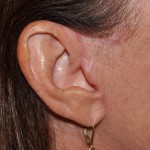Background:One of the most common and bothersome signs of getting older is the discovery of jowls and loss of the once tight neck. This aging problem is surgically reversed by a facelift procedure. Contrary to the perception of many, a facelift only affects the lower third of the face by smoothing out the jawline and improving the jaw–neck angle.
Facelift surgery has undergone a revolution of sorts in the past decade based on how the procedure is done. Some of these procedures have become associated with catchy names that promise simple procedures and rapid recoveries. These are marketing monikers that describe a scaled down version of the full or traditional facelift. As the age of patients seeking facial aging improvement is getting younger, the amount of jowling and neck sagging is not as severe. As such, the extent of the facelift procedure should be appropriately less.
Despite the various marketing names, they all refer to a limited facelift which differentiates it from a full facelift. The terms limited vs full largely describe how much skin is lifted up and repositioned and removed. It also indirectly refers to the extent of the incisions needed around the ears. With a limited facelift, there is no need to have the incision extend up along the back of the ear and into the occipital hairline. With less of a facelift operation, there is also a more rapid recovery. But this should not be confused with the often marketed concept that there is no recovery at all.
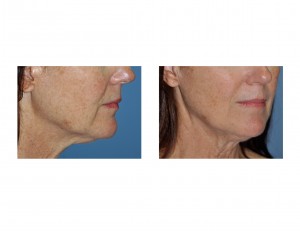
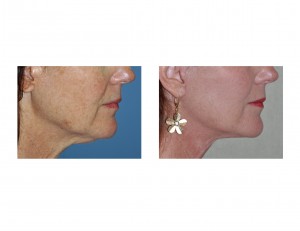
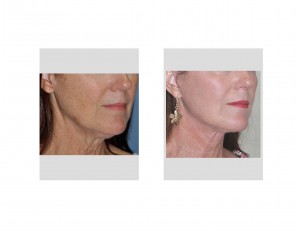
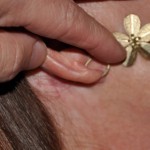
Case Highlights:
1) The limited facelift, regardless of what marketing name it carries, is a facial rejuvenation procedure that has its primary benefit in elimination of the jowls with moderate improvement in the neck.
2) It has a more rapid recovery because the procedure is less extensive than a traditional facelift. It is still surgery with less dissection and elevation of skin flaps.
3) Any number and variety of other anti-aging procedures can be performed at the same time for a more overall facial rejuvenation effect. (e.g., eyelid tucks, laser resurfacing, etc)
Dr. Barry Eppley
Indianapolis, Indiana



